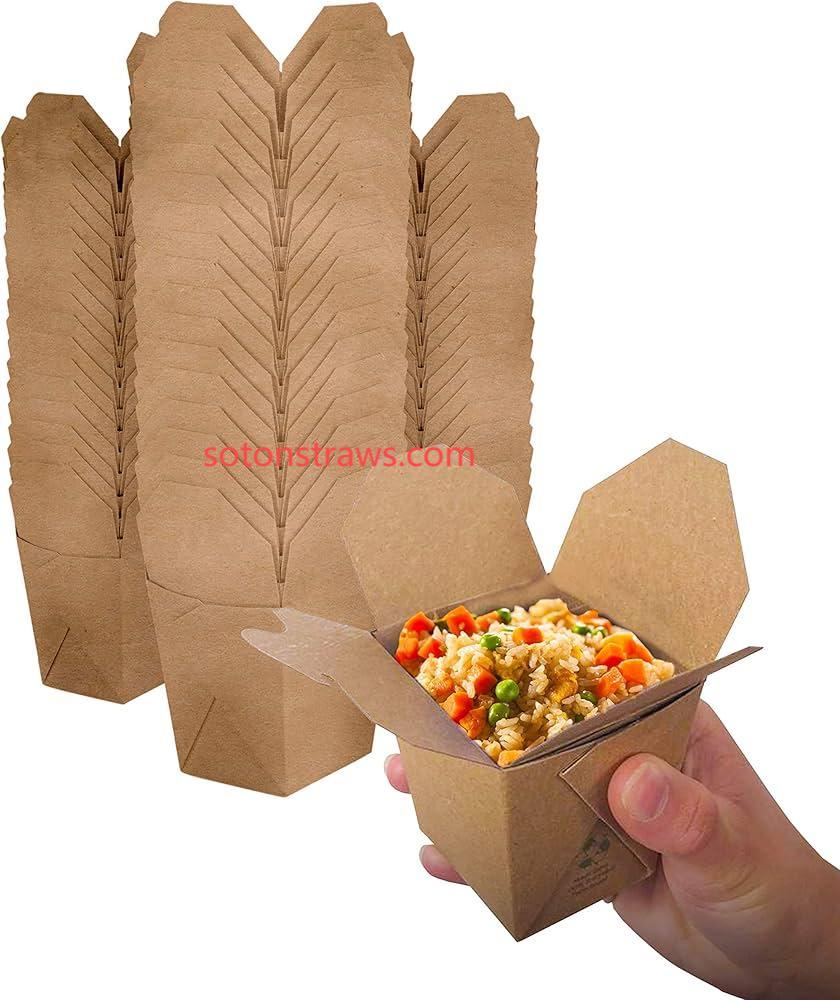Reimagining packaging as provisional architecture, disposable kraft box design enters symbiotic relationships with urban ecosystems. Soton integrates living moss panels into box exteriors—these photosynthetic surfaces capture particulate matter while parcels transit cities. Post-use, boxes become modular bricks for pop-up structures: hydrated with rainwater, their embedded spores flourish into vertical gardens. Production facilities resemble algae farms, where spirulina tanks dye boxes cyan while offsetting factory emissions. Pneumatic tube networks distribute raw materials across rooftops, eliminating truck transport within city limits.
Municipalities adopting Soton’s disposable kraft box networks report transformative urban impacts. Disaster response teams stockpile boxes that unfold into emergency shelters, their moss walls regulating indoor humidity. Fashion districts repurpose packaging into biodegradable runway tiles that decompose post-events. Smart bins scan boxes’ microbial health, directing nutrient-rich units to urban farms and depleted ones to re-pulping hubs.
Industrial collaborations spark innovation. Aerospace engineers adapt satellite solar film tech for boxes generating power during delivery. Mycologists develop fungal inks that repair box tears autonomously.
Cultural shifts emerge organically. Citizens compete to cultivate the most vibrant box-moss murals, while architects prototype transient pavilions from Soton’s disposable kraft box bricks. Each interaction redefines packaging’s role in urban storytelling.click www.sotonstraws.com to reading more information

